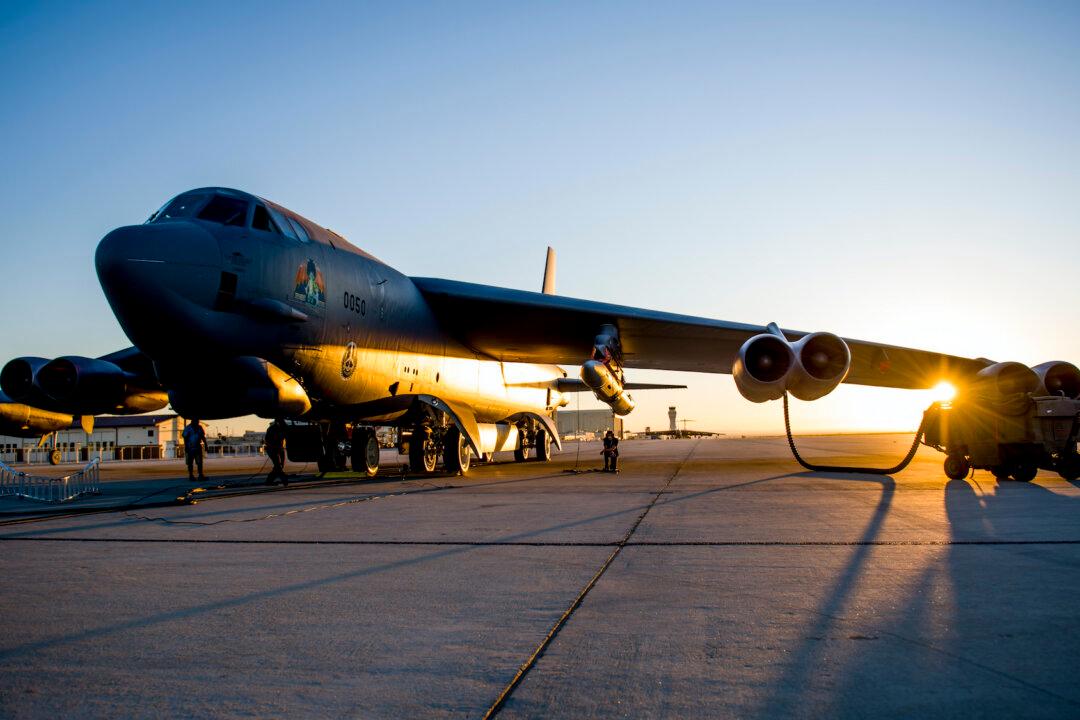The U.S. Air Force successfully tested a hypersonic missile that travelled five times the speed of sound off the Southern California coast May 14, following tests of similar weapons by China and Russia.
The AGM-183A Air-launched Rapid Response Weapon (ARRW) was launched from a B-52H Stratofortress bomber by 419th Flight Test Squadron and the Global Power Bomber Combined Test Force, both at Edwards Air Force Base, California.





